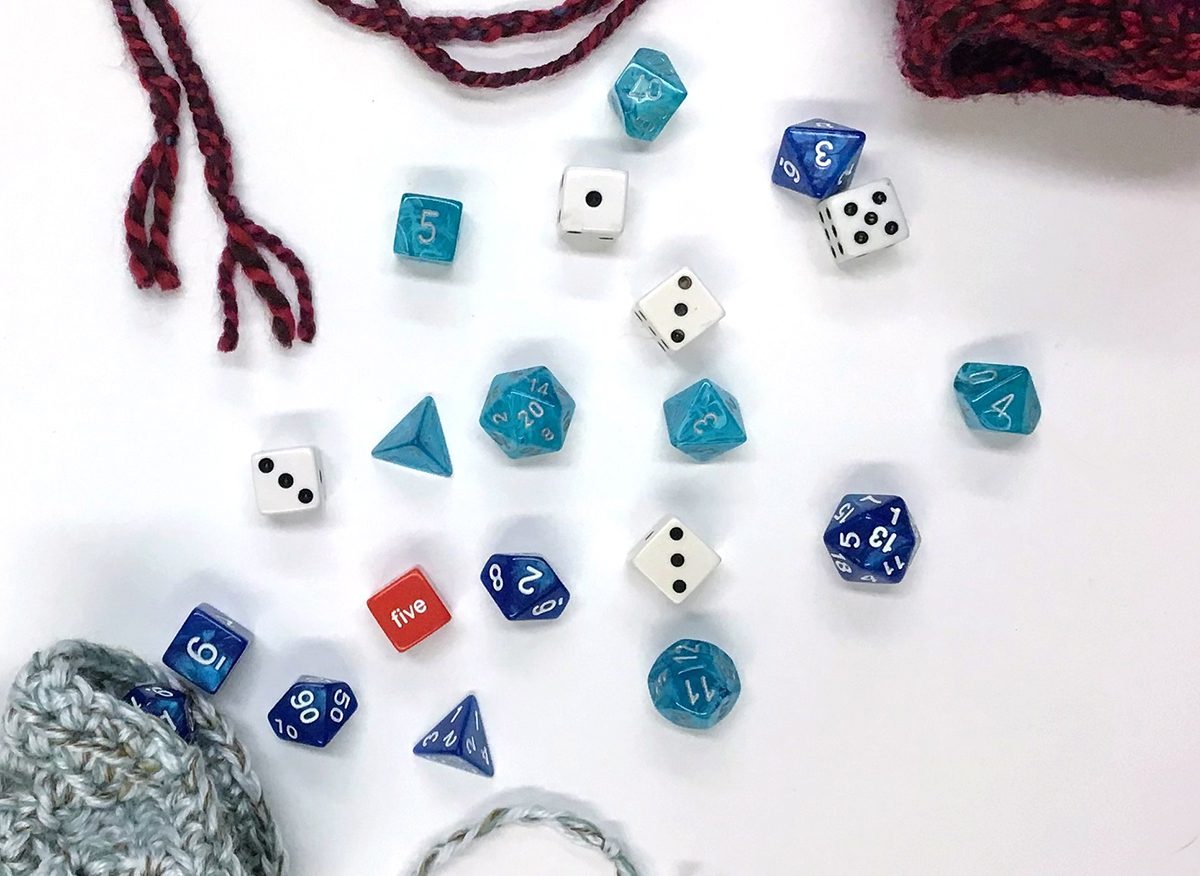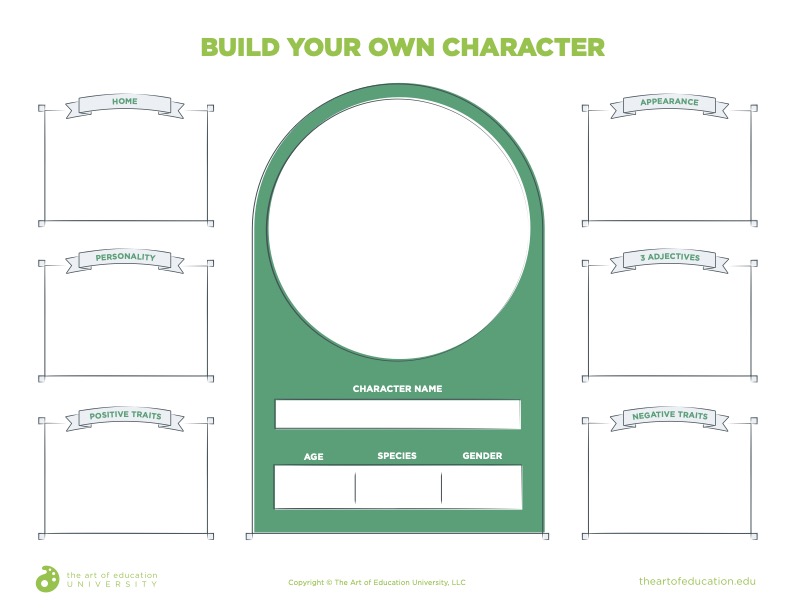Tabletop role-playing games, otherwise known as TTRPGs, are currently experiencing a surge in popularity. Dungeons & Dragons sales alone jumped 33% during 2020. Maybe it’s because people are looking for more ways to play games while staying physically distant. Or perhaps, it is tied to the popularity of Stranger Things. Everyone—especially teens and young adults—is playing more TTRPGs in the 2020s than ever before.
The popularity of tabletop role-playing games is intergenerational. Even though you may feel that students will not completely buy into this, it’s important to remember that gamified learning is extremely engaging. Games have also been shown to raise student concentration levels and increase student ownership over their learning. Plus, it can be fun to switch up your curriculum for something different that reinforces the same skills and concepts.
It is interesting to note that a successful TTRPG player has many of the same skills that successful artists do. The games require imagination, improvisation, adaptation, and creative problem-solving. Why not harness those skills and bring some TTRPG techniques into the art room to grab the interest of your students? It is extremely open-ended, so even if a student asks if they are allowed to do something, just tell them that they can certainly try.
Read on for four ways to bring tabletop gaming into the art room.
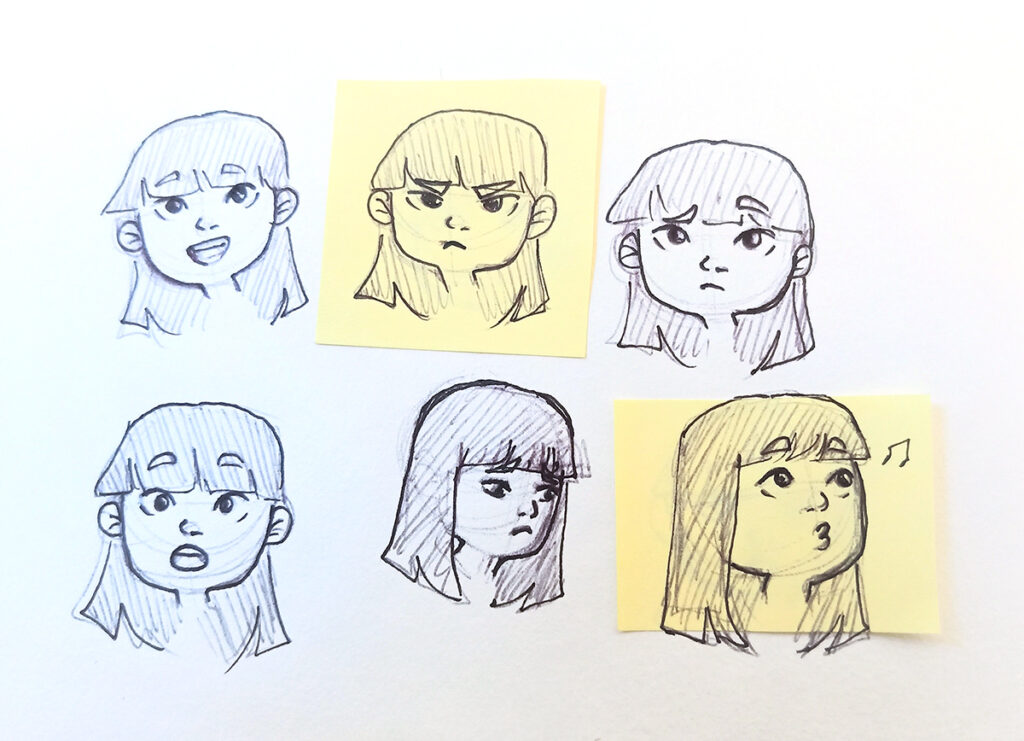
1. Make your own randomizer list.
Randomizers can take the stress out of decision-making. It can be helpful to use them when students are generating ideas. Give students three categories. Have them list six things under each category, numbered 1–6. Students then roll a six-sided die three times, one for each category. They now must include each randomly selected object in their upcoming piece. You can also use this randomizing list technique to have students choose features for a portrait or even the setting for an animated short. If you are still a little confused about setting this up, see the example below.
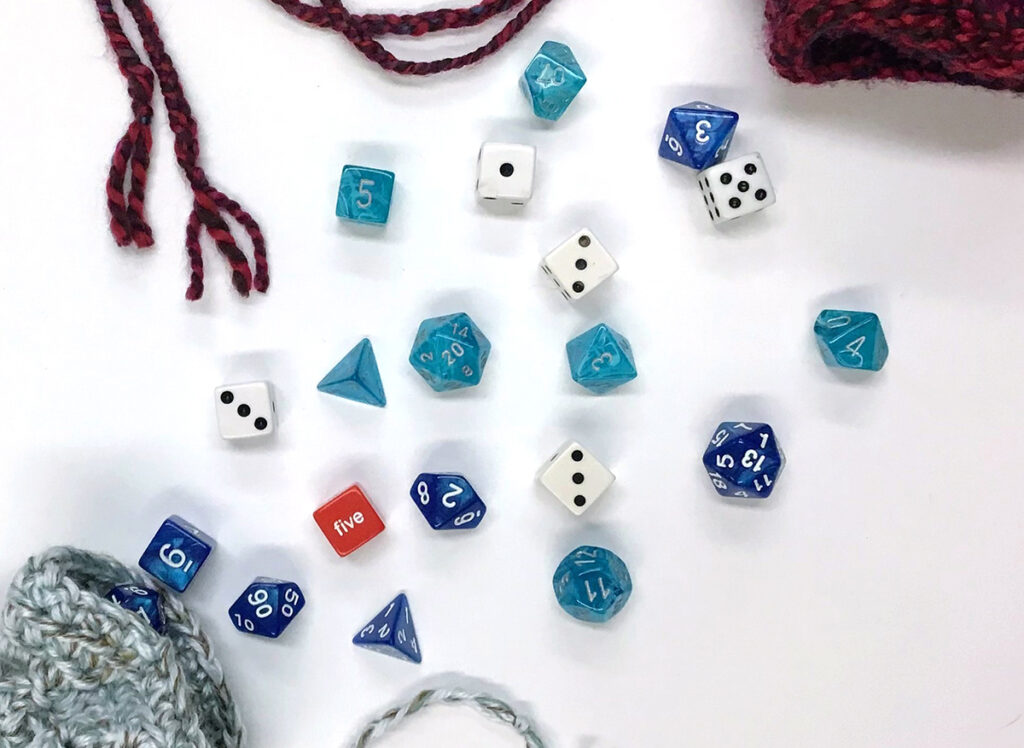
If you don’t have dice in your classroom but still want to use randomization, there are plenty of online resources. These include random number generators, list randomizers, or dice rolls. If you are looking for an affordable set of classroom dice, you can purchase them here. And here is an innovative classroom dice storage technique using magnetic spice jars from the dollar store!
2. Design a cohesive collection of objects.
Prompt students to create a line of props that visually relate to one another. This could be a series of potions that increase in strength, one character’s belongings, or even their own dice set. The requirement is that all props must be immediately recognizable because they are visually related to one another. This challenges students to create a cohesive visual language across multiple props.
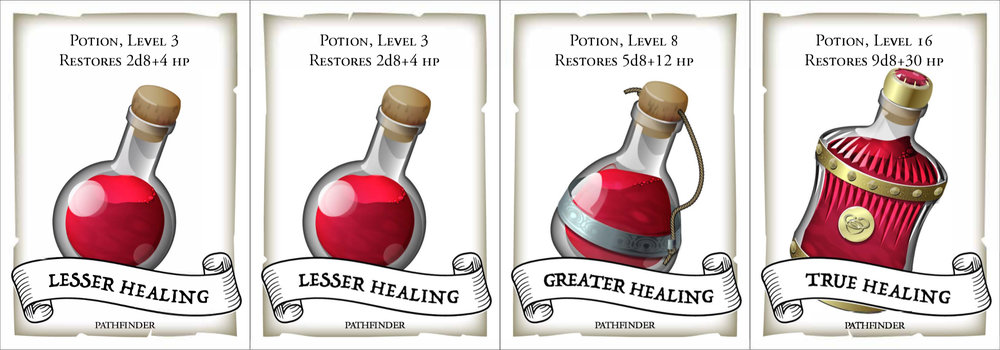
3. Illustrate gestures for spell effects.
Spells often require various gestures. Ask students to draw the gesture they imagine specific spells would need. This is a great opportunity to have students pose and introduce gesture drawing. For example, what body position would a character take to cast a water spell? Or, how about summoning lightning or throwing a ball of fire?
Students can analyze why they chose different gestures for different styles of spells. Dive even deeper and have students choose one spell to illustrate in more detail. As they draw the spell, they will not only be challenged with figure drawing and proportion but also with depicting the physical elements of the spell with the elements and principles.
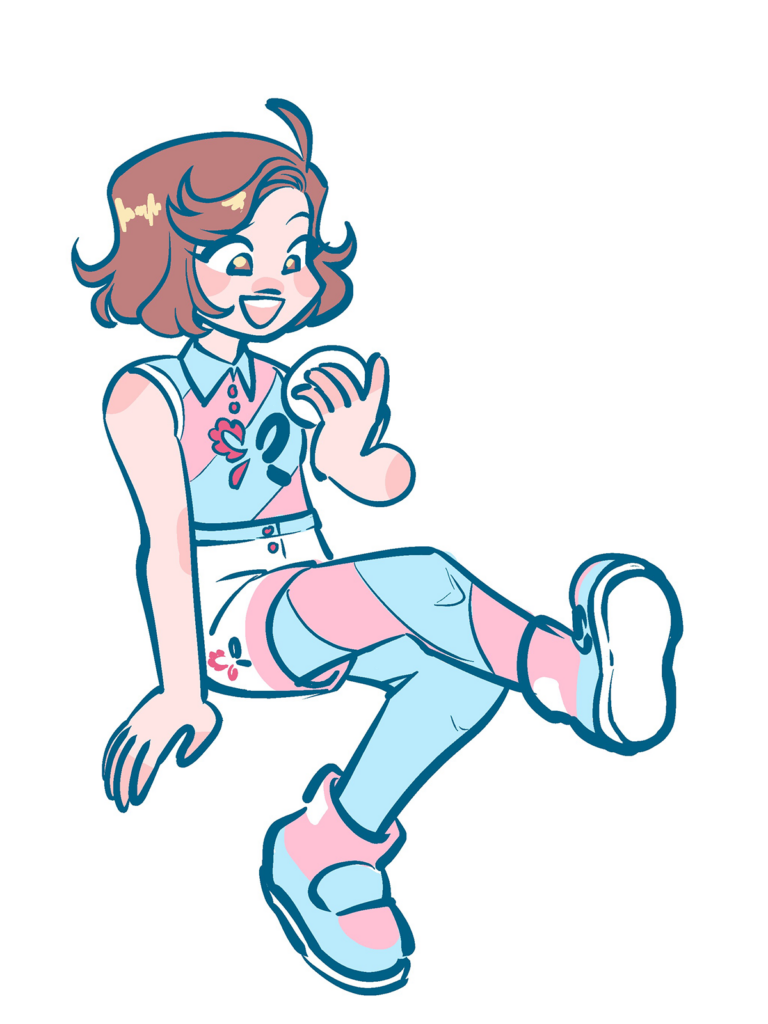
4. Develop a character.
The most complex TTRPG skill is character development and world-building. It’s also many artists’ favorite part! Character development is a very involved process, so have students begin with a character sheet. Download this worksheet to get your students started.
Download Now!
Before diving into the visual aspects of their character, students decide their character’s name, gender, species, and some of their backstory. They can even roll for character traits using a randomizer list! Once that is all decided, guide students through creating the visuals for their character. Students design not only their character’s appearance but also the world they exist in. Students should consider a variety of components, such as transportation, interior design, architecture, and other characters, like sidekicks and rivals. The possibilities are truly endless. Because character design is so intricate and engaging, you may choose to make it a unit in itself or a semester-long series of visual journal entries.
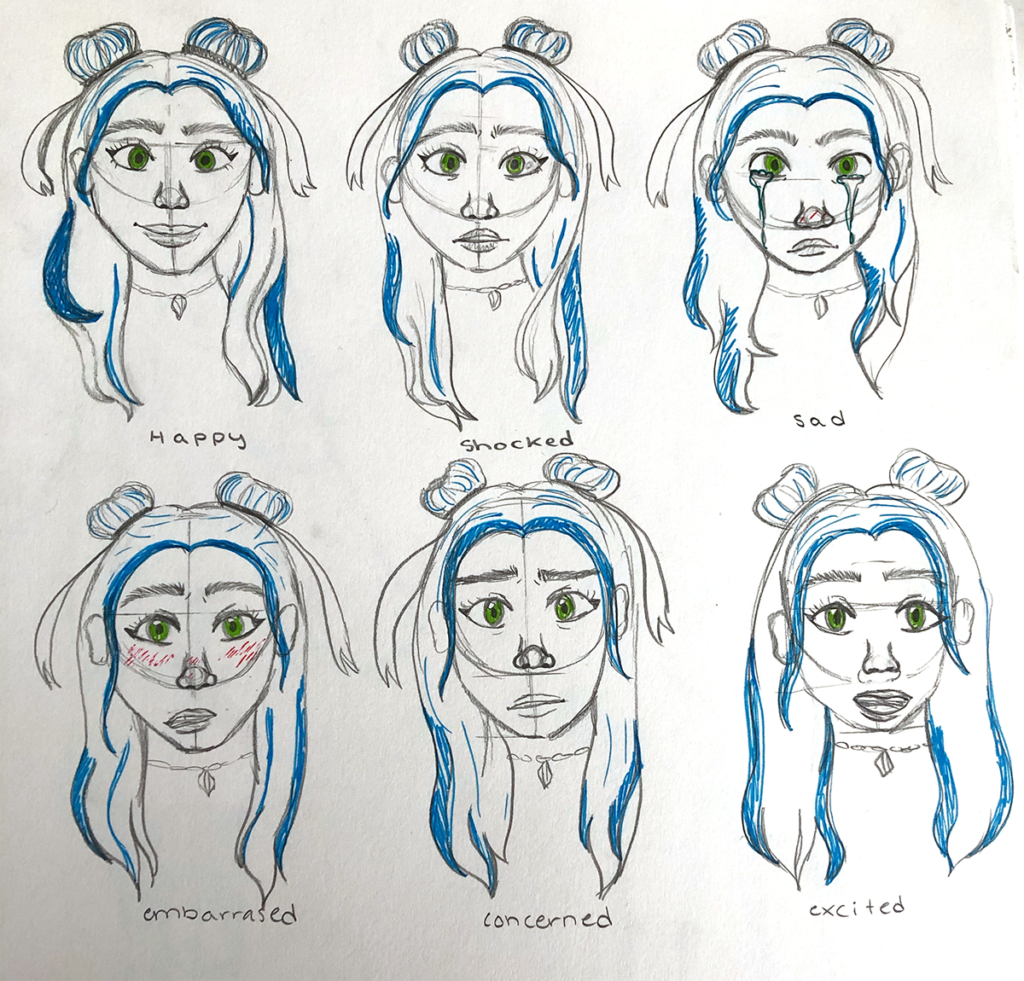
With the comeback in tabletop role-playing games, this can be a valuable way to tap into the interests of more and more of your students. You can show students the connection between gaming and art by brainstorming using randomizer lists, designing visually unified collections, portraying spell gestures with figure drawing, and developing characters. Students will enjoy the change of pace in the art room, which can boost their confidence. The next time you look for a new way to hook your students while still teaching ownership and decision-making, try one of these TTRPG activities.
What are some ways you already include randomization in your projects?
What is one new idea you will bring to your students?
How do you think incorporating gamified curriculum will reach more of your students?
Magazine articles and podcasts are opinions of professional education contributors and do not necessarily represent the position of the Art of Education University (AOEU) or its academic offerings. Contributors use terms in the way they are most often talked about in the scope of their educational experiences.
